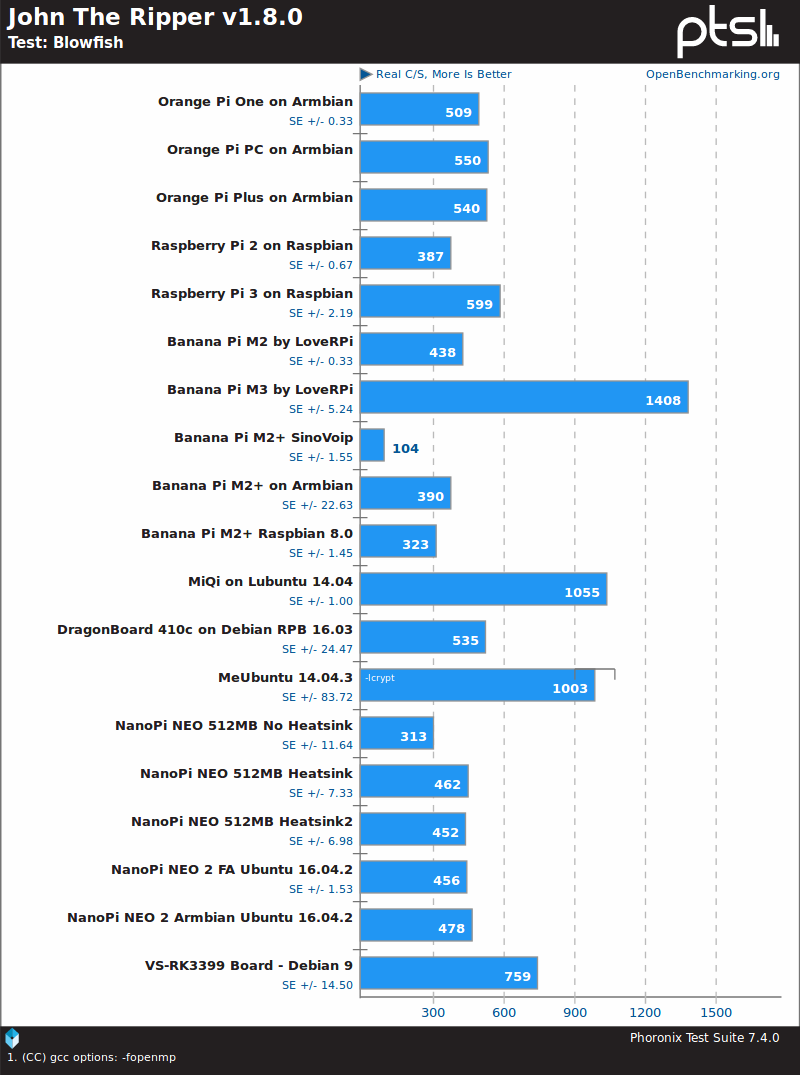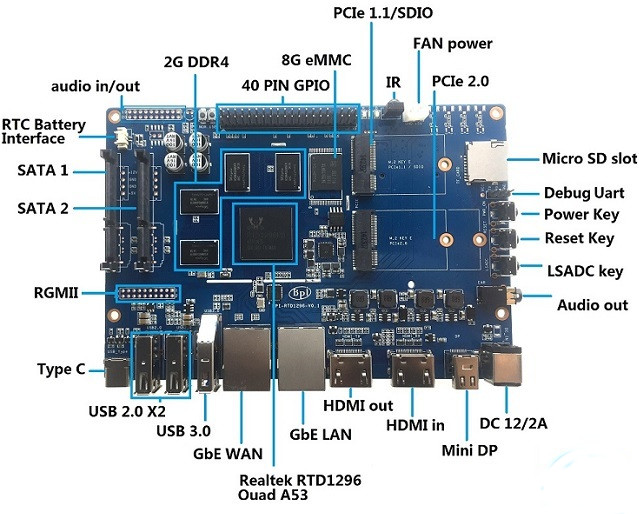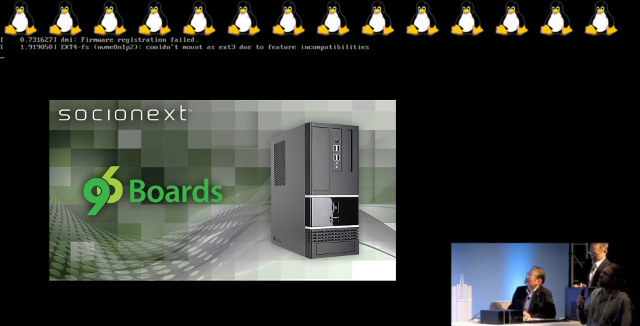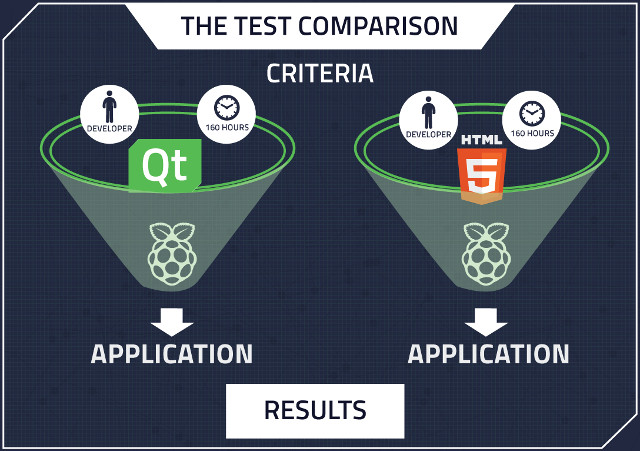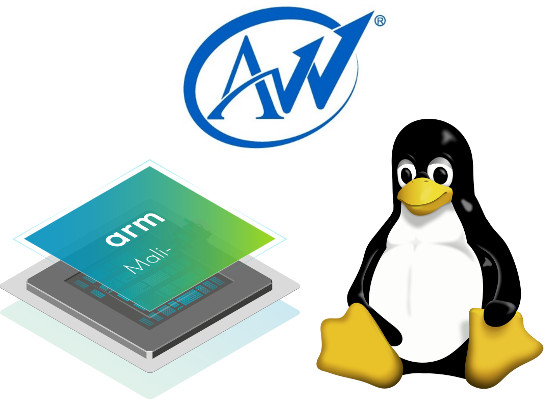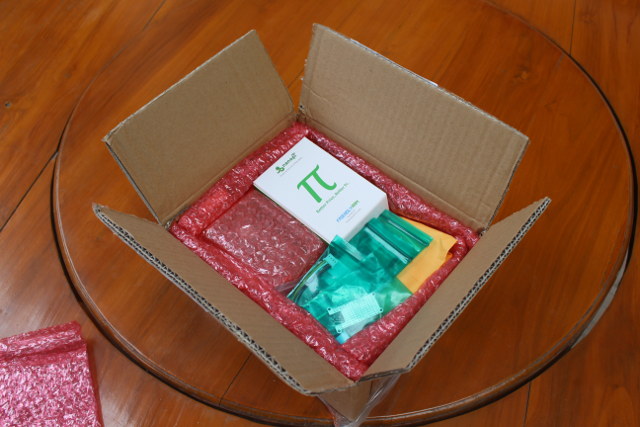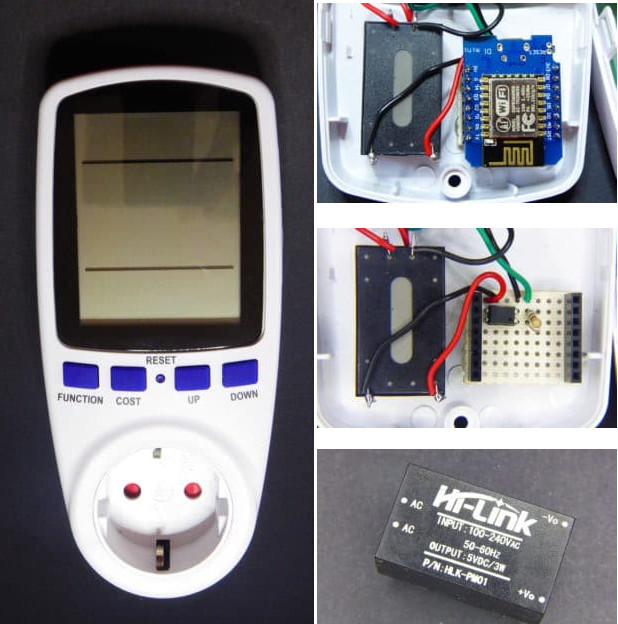I’ve just showed how to install Debian, and build a Linux image from source on VS-RD-RK3399 board (aka Mecool VS-RK3399) last week-end, but at the time I did not run any benchmarks on the board. We already have plenty of benchmarks for Rockchip RK3399 in Android, so instead I started by installing the latest Phoronix Test Suite in Debian:
|
1 2 3 |
sudo apt install php-cli php-gd php-xml php-zip wget http://phoronix-test-suite.com/releases/repo/pts.debian/files/phoronix-test-suite_7.4.0_all.deb sudo dpkg -i phoronix-test-suite_7.4.0_all.deb |
… and ran the tests I did on NanoPi NEO 2 earlier:
|
1 |
phoronix-test-suite benchmark 1704029-RI-1704017RI65 |
For whatever reasons OpenSSL and Mafft failed to download, but we still have the other benchmarks to compare with. Note that the Debian image is likely not optimized, and while the system runs an Aarch64 kernel, the rootfs is only 32-bit, which may have affected some of the benchmarks.
|
1 2 3 4 5 |
linaro@linaro-alip:~$ file /bin/ls /bin/ls: ELF 32-bit LSB shared object, ARM, EABI5 version 1 (SYSV), dynamically linked, interpreter /lib/ld-linux-armhf.so.3, for GNU/Linux 3.2.0, BuildID[sha1]=f10ece941515bd40f6aa48dd28ba481c8a17cace, stripped linaro@linaro-alip:~$ uname -a Linux linaro-alip 4.4.55 #474 SMP Tue Sep 5 09:09:33 CST 2017 aarch64 GNU/Linux linaro@linaro-alip:~$ |
But let’s see what’s we’ve got, starting with John the Ripper password cracker, a multi-threaded benchmark. We’d normally expect hardware platforms based on Rockchip RK3399 SoC to […]


